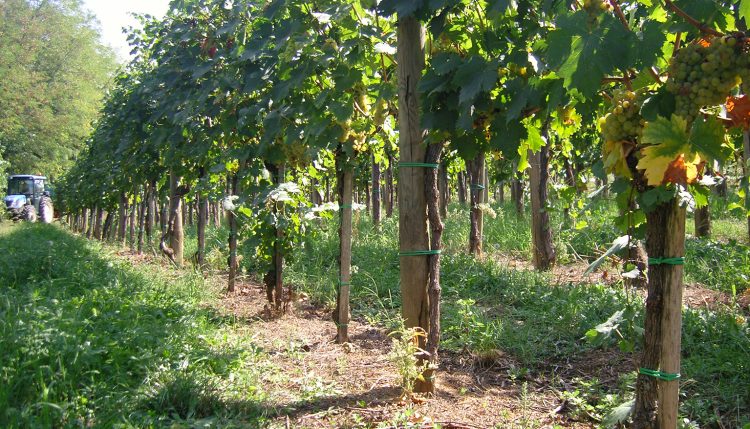
How to become an edible city: Šempeter pri Gorici, Slovenia
The Municipality of Šempeter-Vrtojba (6,300 inhabitants) is located on the western edge of Slovenia, right next to the Italian border, only 150 km from Venice, and is characterised by vibrant green woodlands, vineyards, fields and meadows. The Vrtojba-Bilje knolls, along with a large part of the surrounding plains offer optimum conditions for viticulture, fruit farming, horticulture, green grocery and floristry. Hence, the area is also known as “the garden of the Goriška region”.
From the 5th to 8th of Šeptember, the local council of Šempeter, together with our project partners from the University of Ljubljana, hosted the annual general meeting of the H2020-funded EdiCitNet project. Amidst a number of workshops and discussion rounds, an excellent talk from the City Municipality Ljubljana, visits to community gardening projects, a still functioning market garden in Ljubljana and two very different waste-water treatment plants, the visit to the Biotechnical School in Šempeter stood out. Guided by , we saw and learned about local vegetable and vine production and processing, the different degrees of treatment to grapevines, from organic to chemical, and how best to introduce students to gardening as a lifestyle choice. We ended the tour with a vine tasting of vines in the school’s vine cellar.
The local council of Šempeter and the Biotechnical School are currently exploring strategies for a better integration of food system activities into the town’s daily routines and spaces. This work happens within work package WP4 of the EdiCitNet project guided by the Institute of Organic Farming at BOKU University Vienna. Katrin Bohn, for the University of Brighton, acts as consultant to WP4 on questions around designing for urban agriculture and productive urban landscapes.
For more information on the Biotechnical School in Šempeter see here.
Information on the research project EdiCitNet is here.
Image: At the vineyard of the Biotechnical School in Šempeter, students and researchers observe field of 10 rows of grapevine each planted with local varieties and treated differently. (source: Katrin Bohn 2022)
